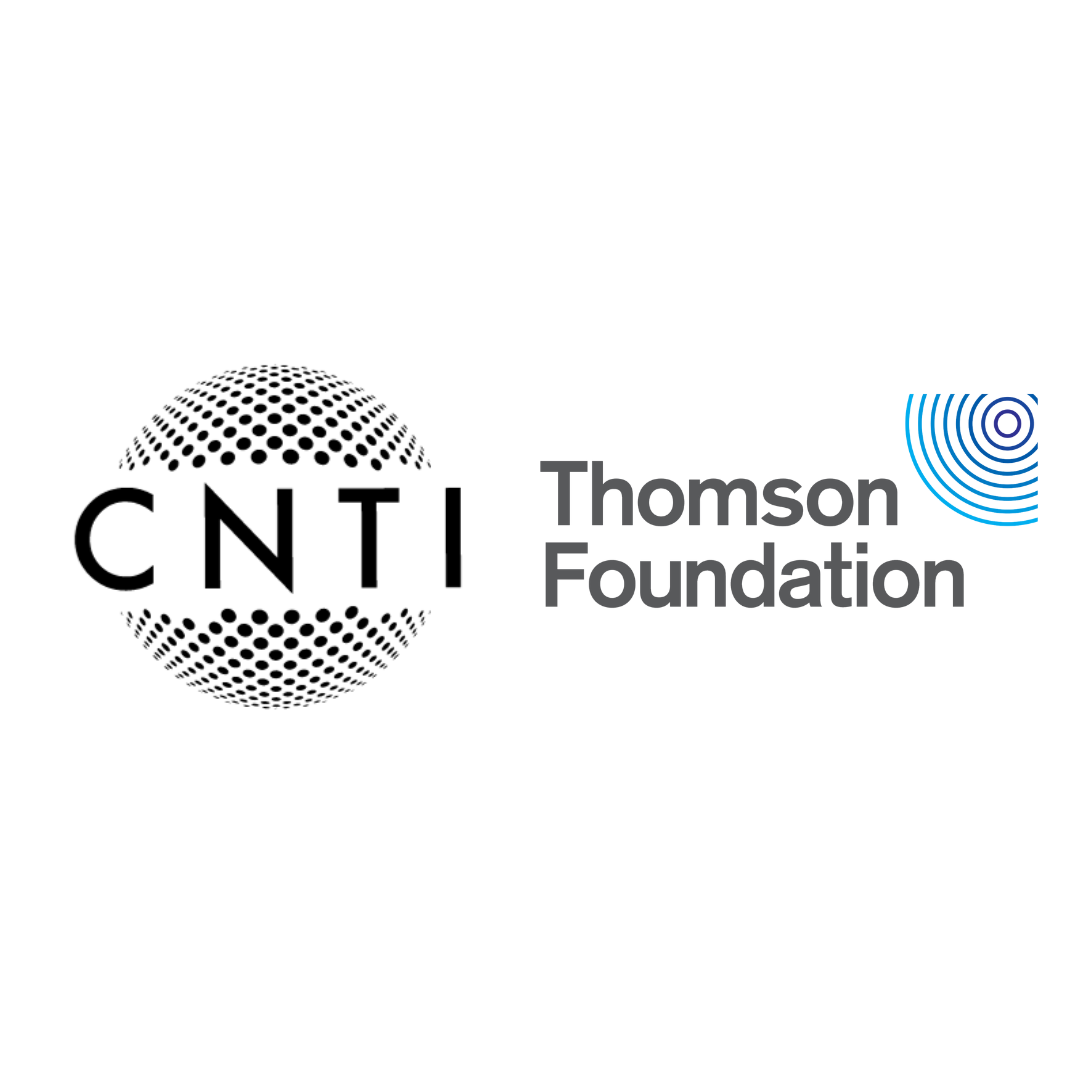Part 1 of CNTI’s convening series on how to enable the benefits and manage the harms of artificial intelligence in journalism was co-hosted with and co-sponsored by our friends at the Computer History Museum on Oct. 13. In this session, leading thinkers in news, technology, research and policy focused specifically on the considerations and challenges of defining AI in journalism, with the goal of finding tangible areas of consensus and recommended next steps.
Learn more about the key takeaways from this convening in “Defining AI in News: Leaders in Tech, Media, Research and Policy Lay Groundwork for Global Solutions.”
Participants
| Anna Bulakh, Head of Ethics & Partnerships, Respeecher | Ben Petrosky, Sr. Policy Counsel, Google |
| Garance Burke, Global Investigative Journalist, Associated Press | Kim Polese, Chairman, CrowdSmart |
| Craig Forman, Executive Chair, CNTI | Aimee Rinehart, Local News & AI Program Manager, Associated Press |
| Richard Gingras, Global VP of News, Google | Tom Rubin, Chief of Intellectual Property & Content, OpenAI |
| Andre Guadamuz, Reader in Intellectual Property Law, University of Sussex | Marietje Schaake, International Policy Director, Stanford Cyber Policy Center (Moderator) |
| Dan’l Lewin, President & CEO, Computer History Museum | Felix Simon, Researcher, Oxford Internet Institute |
| Megan Morrone, Technology Editor, Axios | Krishna Sood, Assistant General Counsel, Microsoft |
| Dapo Olorunyomi, Publisher, Premium Times | Sergio Spagnolo, Founder/Executive Director, Núcleo Jornalismo |
| Matt Perault, Director, Center on Technology Policy | Scott Timcke, Senior Research Associate, Research ICT Africa |





